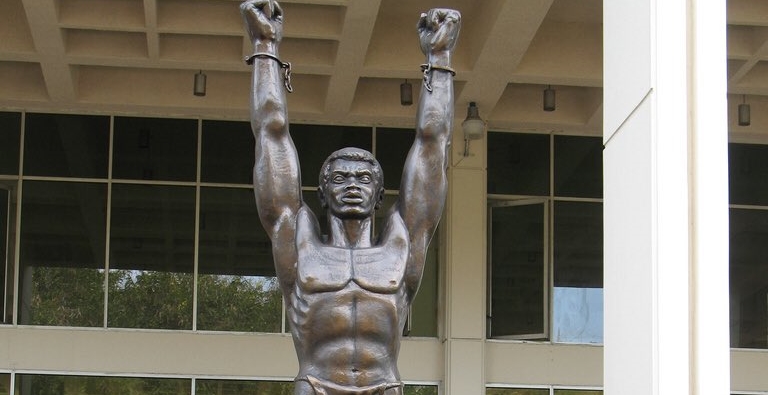Haiti is one of the most emblematic countries in the Americas for being the first to constitute a republic of formerly enslaved Black people, after a bloody revolution led by Toussaint Louverture and Jean-Jacques Dessalines in 1791. However, 150 years earlier, in the neighboring Dominican Republic, a man emerged who would also go down in Dominican Black history, becoming known as one of the greatest anti-slavery leaders in the Americas.
Sebastián Lemba Calembo was a former slave who led a rebellion against slavery on the island of Hispaniola, becoming one of the first to start the fight against slavery in the Americas. Lemba is an important figure in Black history, and he is revered as a national hero in the Dominican Republic with a statue in his honor.
It is not known exactly when he was born. But it is known that he was born in Africa, probably a member of the Lemba tribe on his mother’s side and a member of the Calembo tribe of the Kongo people on his father’s side, which is perhaps where his surname comes from.
When Sebastian Lemba was a young man, he was captured in Africa and taken to Hispaniola in approximately 1525 to work in the region’s crops, like millions of other enslaved Africans who were part of the transatlantic trade of the African forced labor force in the Americas.
Ever since he arrived in the Americas, Lemba refused to accept life as an enslaved person. He and a group of other enslaved Africans, called Cimarrones, rose up against the Spanish colonists in 1532, fleeing to the mountains of the island.
For fifteen years (1532-1548), he fought against the Spanish authorities who had conquered the island of Hispaniola through a bloody process of conquest. They used to move at night, raiding and looting towns across the island while freeing other enslaved Africans.
Along with his followers, Lemba walked on foot across the entire island fighting the Spanish invaders. When he encountered enslaved people, he set the places on fire, freed the slaves, and fled, a technique that today is defined by military theory as “guerrilla warfare.”
The rebellion grew, reaching 400 formerly enslaved Black people who obeyed Lemba and followed him as their liberating leader, according to historians. Causing damage and losses in cities such as Higuey, San Juan de la Maguana, and Azua, Lemba became the most wanted man on the island who posed a major threat to the economy of the Spanish colony.
Lemba died on September 25, 1548, on Palencia Hill, near the community of San Juan de la Maguana, after a bloody battle against the Spanish colonizers. After his death, he was decapitated and his head was taken to Santo Domingo and hung from one of the gates of the walls of this city. Today, this place is called La Puerta de Lemba Calembo, where he is remembered as a hero within Dominican Black history and as one of the first Black leaders to initiate the fight against slavery across the Americas.
Related: One Island, But Different Worlds: The History Of Haiti And The Dominican Republic
